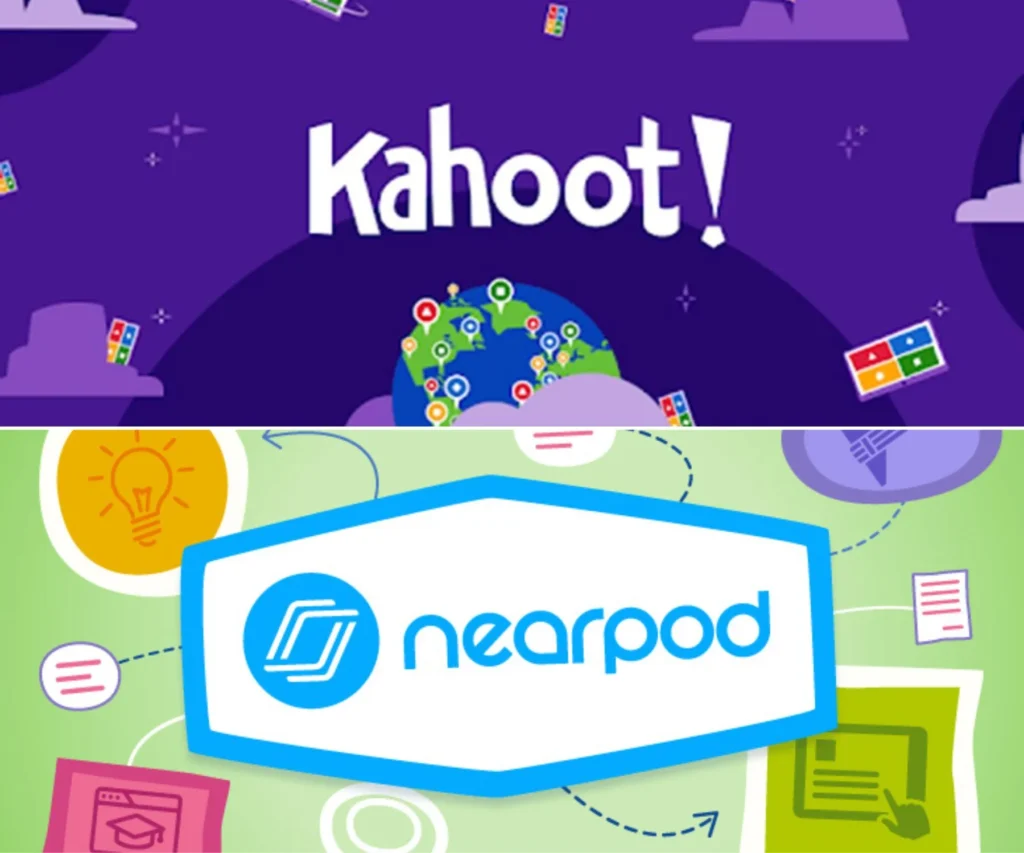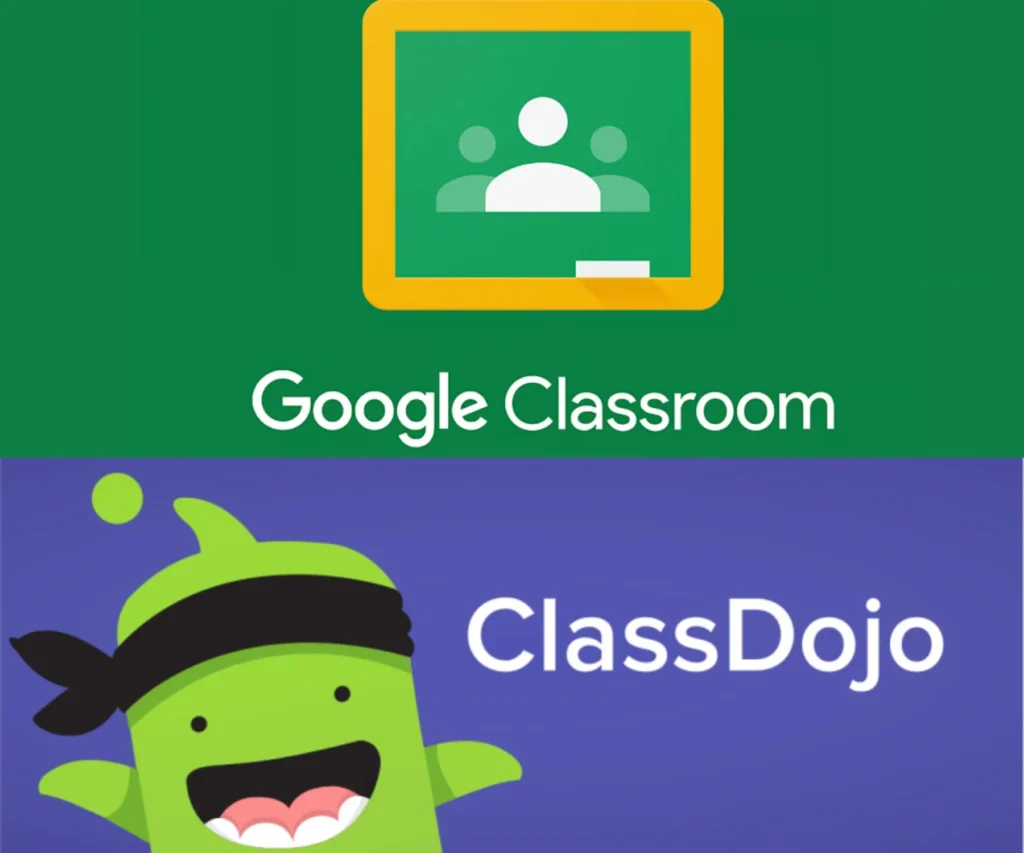Introduction: Navigating the Digital Shift in Elementary Education
The pandemic accelerated the adoption of digital tools, transforming elementary classrooms into dynamic hybrid learning environments. Teachers now face the dual challenge of selecting online teaching tools for elementary classrooms that are both engaging and pedagogically sound. This guide, crafted with insights from veteran educators and edtech experts, offers a deep dive into tools that foster creativity, collaboration, and critical thinking while addressing equity and screen time concerns.
What Defines an Effective Online Teaching Tool for Young Learners?
To ensure tools meet the unique needs of K–5 students, prioritize these criteria:
- Developmental Appropriateness: Simple navigation, audio instructions, and tactile interaction (e.g., drag-and-drop).
- Curriculum Synergy: Aligns with Common Core, NGSS, or state standards (e.g., Prodigy Math’s grade-level skill tracking).
- Inclusivity: Features like text-to-speech, multilingual support, and adjustable difficulty levels.
- Safety Compliance: Adheres to FERPA and COPPA regulations (e.g., ClassDojo’s encrypted parent communication).
Tools should amplify hands-on learning, not replace it. Look for platforms that blend digital and physical activities, like pairing virtual science simulations with at-home experiments.
Dr. Lisa Carter, EdTech Researcher at Stanford University
Top Online Teaching Tools for Elementary Classrooms: Categories, Comparisons, and Tips

- Interactive Learning Platforms
- Kahoot!
- Best For: Gamified quizzes and icebreakers.
- Pro Tip: Create a “Student vs. Teacher” quiz to build rapport.
- Case Study: A 3rd-grade teacher in Texas saw a 25% increase in math scores using weekly Kahoot! reviews.
- Nearpod
- Standout Feature: Virtual Reality (VR) field trips to the Amazon Rainforest or Great Barrier Reef.
- Integration: Syncs with Google Slides and Microsoft Teams.
- Kahoot!
Comparison Table:
| Tool | Cost | Key Feature | Ideal For |
| Kahoot! | Free/Paid | Real-time leaderboards | Formative assessments |
| Nearpod | Free/Paid | VR field trips | Social studies/science |
- Math & Science Resources
- Prodigy Math
- Curriculum Alignment: Generates personalized quests based on student progress.
- Teacher Dashboard: Tracks mastery of 1,500+ skills, from counting to fractions.
- Mystery Science
- Hands-On Pairing: Offers DIY STEM projects (e.g., “How do germs spread?”) with household items.
- Free Trial: 30+ lessons available without a subscription.
- Prodigy Math
Free Resource:
Explore free printable worksheets for 1st grade math on Education.com, paired with Prodigy’s adaptive games for skill reinforcement.
- Literacy & Creativity Tools
- Epic!
- Diverse Library: Features inclusive books like The Proudest Blue and Julián Is a Mermaid.
- Parent Access: Extend reading time at home with free weekend access.
- Book Creator
- Student Projects: Kids author multimedia books, fostering digital storytelling skills.
- Example: A 2nd-grade class created a collaborative eBook about community helpers.
- Epic!

- Classroom Management Solutions
- ClassDojo
- Behavior Tracking: Customize positive reinforcement (e.g., “Creativity” or “Teamwork” badges).
- Parent Engagement: Share photo updates and milestone alerts in 35+ languages.
- Google Classroom
- Hybrid Learning Setup: Organize stations by subject (e.g., “Math Center” for self-paced Khan Academy videos).
- ClassDojo
Implementation Strategies: From Setup to Success
Step 1: Pilot with Purpose
- Example: Introduce Nearpod during social studies to replace static slideshows. Use its “Draw It” feature for map-labeling activities.
Step 2: Blend Digital and Physical Learning
- Activity Idea: After a Prodigy Math quest on fractions, have students bake cookies and divide them into equal parts.
Step 3: Train Stakeholders
- For Teachers: Enroll in microcredentials for teachers via Google’s Certified Educator Program.
- For Parents: Host a webinar demonstrating distance learning tips for parents, like using Epic! for bedtime reading.
Overcoming Challenges: Practical Solutions
Challenge 1: Tech Access Inequity
- Solution: Partner with local businesses to sponsor Wi-Fi hotspots. Use offline-friendly tools like Khan Academy Kids, which works without internet.
Challenge 2: Screen Time Fatigue
- Fix: Adopt the 20-20-20 rule—every 20 minutes, students look at something 20 feet away for 20 seconds.
Challenge 3: Assessing Progress
- Tool: Use Seesaw’s digital portfolios to track growth via videos, drawings, and voice recordings.
The Future Classroom: AI, VR, and Beyond
- AI Teaching Assistants: Tools like Diffit auto-generate leveled readings for diverse learners.
- VR Integration: Platforms like Discovery Education VR let students “tour” ancient civilizations.
Caution:
“Technology should never overshadow social-emotional learning,” warns 5th-grade teacher Mr. Rodriguez. Balance screen time with circle talks or mindfulness breaks.
Conclusion: Building a Future-Ready Classroom
From interactive science websites like Mystery Science to free coding courses for beginners on Code.org, the right tools empower educators to cultivate curiosity and resilience. Remember, the goal is not to use every tool but to select those that align with your students’ voices and values.


